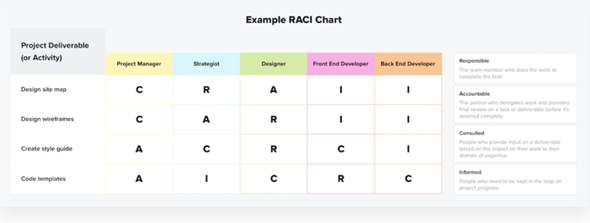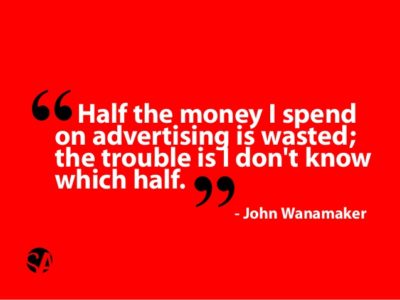Barriers to unleashing marketing’s ‘super-power’ of creativity and how to overcome them
Creativity has long been understood as ‘the secret sauce’ behind many successful ads. Campaigns such as Old Spice’s ‘The Man Your Man Could Smell Like’ and Canadian Club’s ‘Over Beer?’ commended for their bold approaches to advertising which reaped the rewards.
Yet, as often is the case, what we know and what we do, aren’t always intertwined. A recently published World Federation of Advertisers (WFA) Report has “revealed a huge disconnect among client-side marketers between those who recognise creativity as a marketing ‘super-power’ and the much smaller number who regard it as business critical”. Figures showing that “while 82% recognise creativity as marketing’s most powerful weapon, just 28% regard it as critical to the success of their business”. The relationship between creativity and business success also supported in the report; “clients [who say] creativity was ‘business critical’ more likely to say they were ‘growing’ (33%) as opposed to respondents coming from ‘maintaining’, ‘recovering’ or ‘declining’ businesses (25%)”
With the link well documented in this and other supporting literature, what holds us back from unleashing the ‘super-power’ of creativity? The WFA aims to address this as well…
“The biggest barriers cited by clients when it came to boosting the creativity of marketing output in their own organisations: risk-averse culture (51%), short-term-focus (48%) [and] having too many decision makers (44%)”
Thankfully these issues aren’t insurmountable, WFA proposes crucial strategies to help overcome such barriers and promote an ethos for creative execution.
Overcoming a risk-averse culture
Finding comfort in discomfort is suggested as key for creative ideation and countering a risk-averse culture. We’ve discussed how brands can promote such a culture before, with brands like Heineken implementing companywide frameworks to foster a shared vision of creativity. Empowering staff and each other to be bold without fear of failure (if briefs are being met) should be celebrated not discouraged. Important to emboldening risk takers is also having the right people with the right capabilities within the organisation. Leveraging shared values, training, and mentoring to consistently grow. “Improving core capabilities in briefing and creative evaluation”, whilst gaining the confidence to continually push the boundaries of outputs.
Overcoming a short-term-focus
A short-term-focus can be understandable in many organisations, a quick hit to sales or engagement may satisfy necessary outcomes in the interim. As this Forbes article describes, “The pressure to produce results with quick wins often overrides any connection between today’s decisions and their long-term impacts”. But decisions made with limited future scope often can be hindering long term brand growth. For organisations, those in charge of marketing have a “duty of care over the brand they are overseeing”, this means balancing short term KPIs with a long-term view of overall brand perceptions. Strategic thinking, a deep understanding of the target audience and creative commitment to a campaign can help marketers employ creative executions that will have a long-lasting impact on the market as well as the brand.
Overcoming too many decision makers
The old adage ‘too many cooks spoil the broth’ can often ring true in the creation of advertising campaigns. Combative feedback, notes from leadership and micromanagement all work to “slow down outputs and water down their differentiation”. Creation by committee can be the downfall of many creative works, distilling what may have once been a courageous campaign to nothing more than another monotonous one, bound to be lost in the ever noisy and competitive advertising landscape.
“Writing-by-committee is in theory a fine thing, based on the notion that none of us is as smart as all of us. But in practice, none of us is as dumb as all of us, no matter the collective intelligence of the individuals involved” – Rob Ashgar for Forbes
The WFA offers RACI (Responsible, Accountable, Consulted, Informed) charts as a simplified solution to help organise teams and determine ultimate decision makers. In essence, RACI charts provide clearly defined roles and authority for a given task, helping reduce issues of the over complication of processes, so teams can focus on the creative output in an aligned manner.

Great examples and templates for RACI charts can be found here.
Using the wisdom of Uncle Ben to Peter Parker, ‘with great power comes great responsibilities’. Creativity is at the fingertips of marketers, and with-it, potential growth and success. Brands have a duty to prioritise a creative culture and action strategies which may help to overcome key blockages to achieving it, hopefully tapping in to what makes campaigns truly great.




